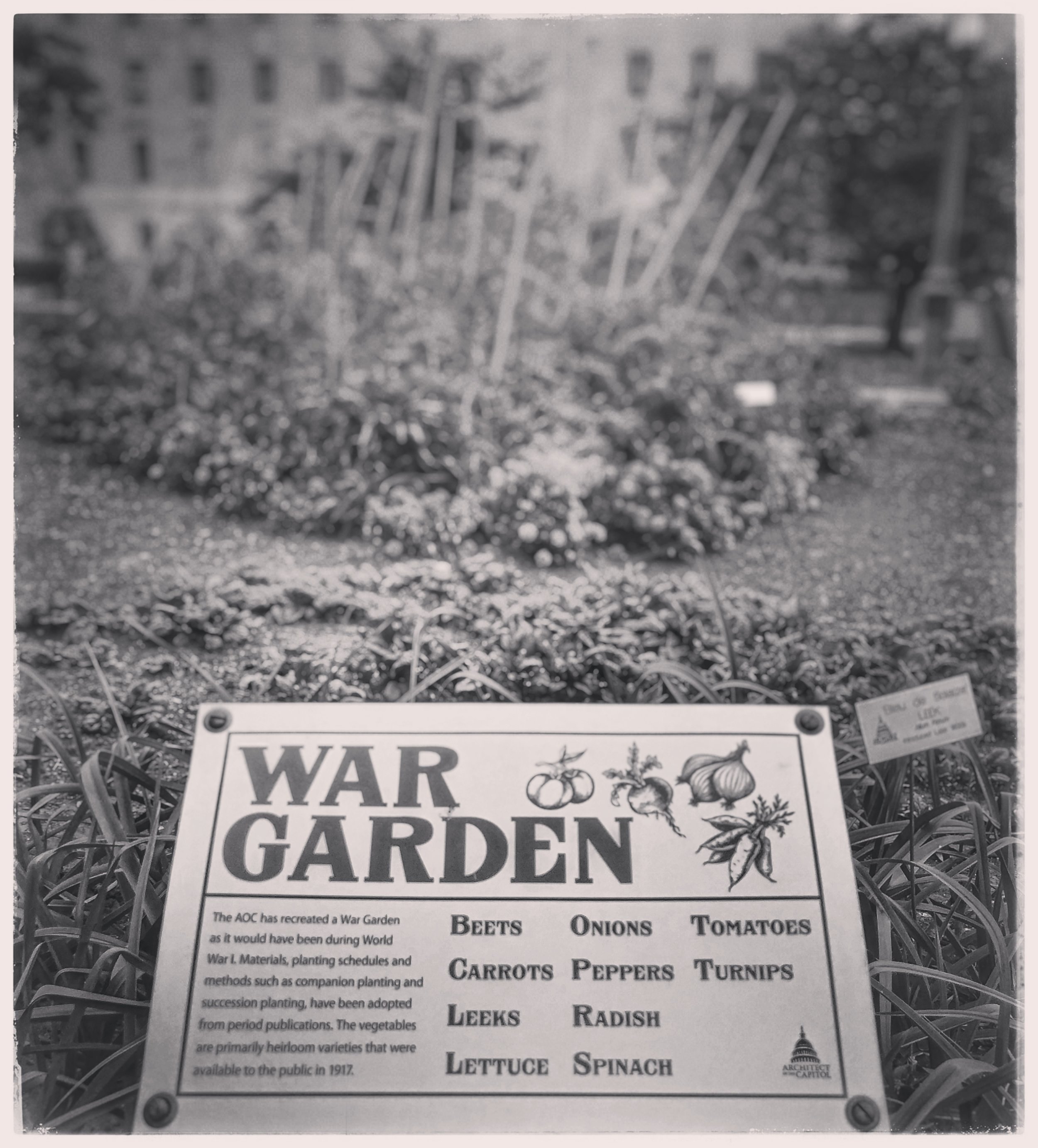One hundred four years after the United States Congress declared war on Germany and entered World War I, the first national World War I Memorial was dedicated in Washington, DC. Known as The Great War or The War to End All Wars, what began as a Europe-centric conflict quickly spread to include sovereign and colonized nations worldwide in Asia, Africa, the Middle East, and the Americas.
After resisting entering the war during his first term as President, Woodrow Wilson eventually asked Congress to declare war against Germany in April 1917, which they did. The war, which began July 1914, ended 19 months later, on November 11, 1918.
4,734,991 U.S. Americans served during World War I. With 116,516 total deaths, it remains one of the deadliest conflicts in United Stated history, leaving only World War II and the Civil War with more total deaths during a single conflict. The new memorial has been years in the making and is unique among war memorials in DC.
See the full 24 photo set on our Attucks Adams Patreon page. That’s also where you will find additional posts featuring interpretation, historical context, and my final observations about this newest addition to the memorial landscape of Washington, DC. A huge thanks to all Patrons for making this work possible!












